Submitted by WA Contents
Taiwan Pavilion underlines the values of cross-disciplinary collaborations at Venice Biennale
Taiwan Architecture News - Jun 01, 2021 - 16:19 5609 views

The Taiwan Pavilion has presented an exhibition that underlines the values of cross-disciplinary collaborations and the role of architecture between the civilized world and nature at this year's Venice Architecture Biennale in Venice, Italy.
Themed as Primitive Migration from/to Taiwan, the exhibition is curated by Divooe Zein Architects and Double-Grass International Co. and hosted by the National Taiwan Museum of Fine Arts (NTMoFA), an affiliated institution of Taiwan’s Ministry of Culture.

The exhibition of Primitive Migration from/to Taiwan takes place in the ancient prison of Palazzo delle Prigioni, an emblematic landmark situated in the heart of Venice - the exhibition can be visited from 22 May to 21 November 2021.
The exhibition focuses on existing case studies and interdisciplinary collaborations that reveal in-depth discussions around constructing pioneering, environmentally friendly buildings to present an exemplary model for future experimental architecture.
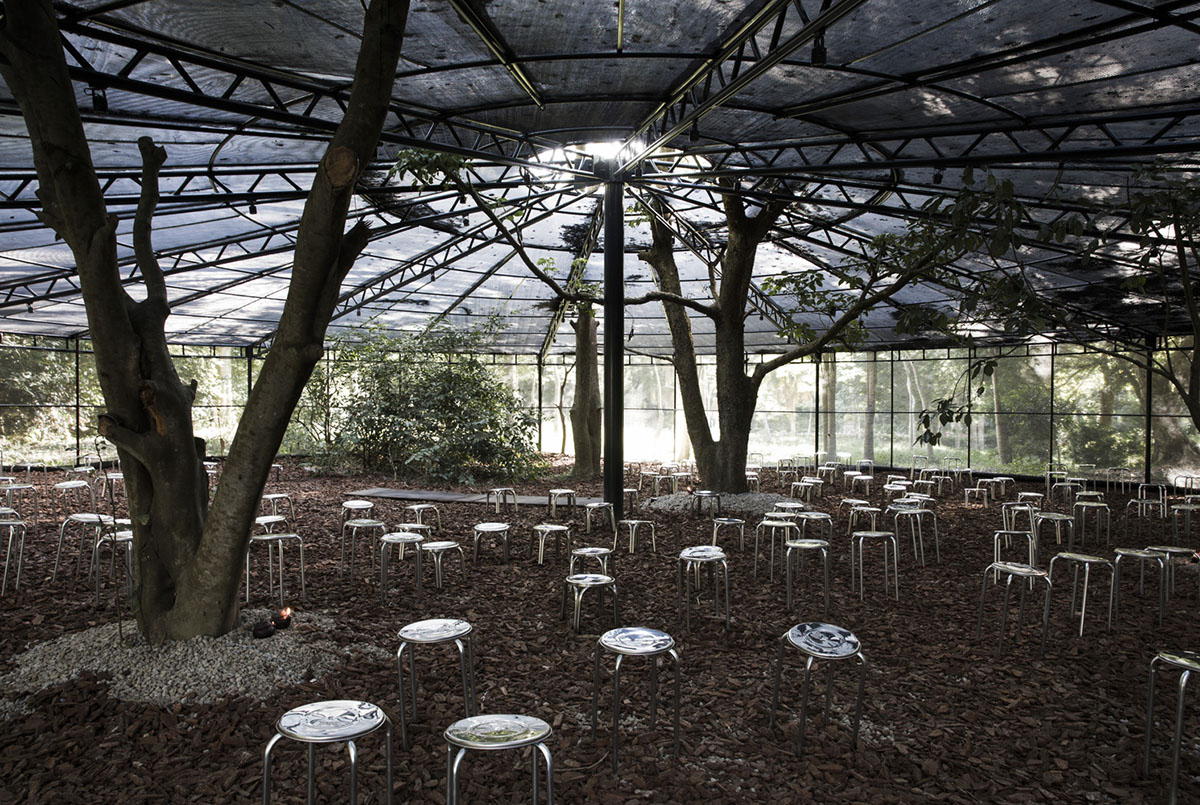
The exhibition is categorized under 3 sub-themes: Ask, Work Together, and Influence Each Other – foregrounds the unique relationship between humans and nature.

These sub-themes are arranged through 5 architectural projects: Siu siu – Lab of Primitive Sense, Nature Monastery in Bali, Semi-ecosphere glass house for isolation and meditation, Lab of Primitive Sense and The Forest BIG.
The architectural design of the exhibition provides visitors with a tranquil environment that echoes the history of Venice.
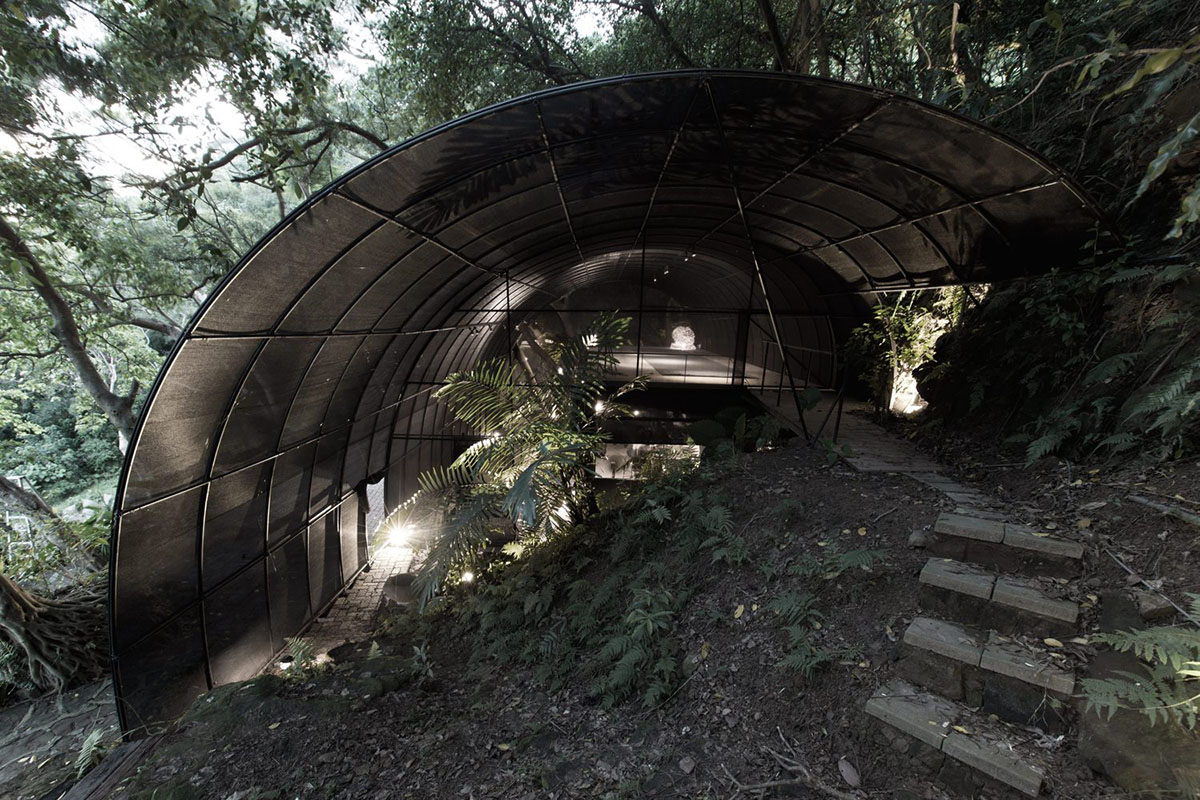
Moreover, the exhibition unites audiovisual and olfaction designs by collaborating with Peruvian director Mauricio Freyre to produce conceptual images and Äi Äi Illum Lab to design interactive elements, inviting viewers to experience a unique curatorial concept that stimulates our five senses.

"Primitive Migration from/to Taiwan has exceeded our imagination, making this year’s rendition an extraordinary Taiwan Exhibition at Venice Architecture Biennale," said NTMOFA Director, Chi-Ming Lin.
"It is not only a manifestation of architectural design concepts and achievements, but also a proposal for a new lifestyle by means of exploring pertinent issues, such as our position within the universe, and then sharing knowledge in an approachable manner."
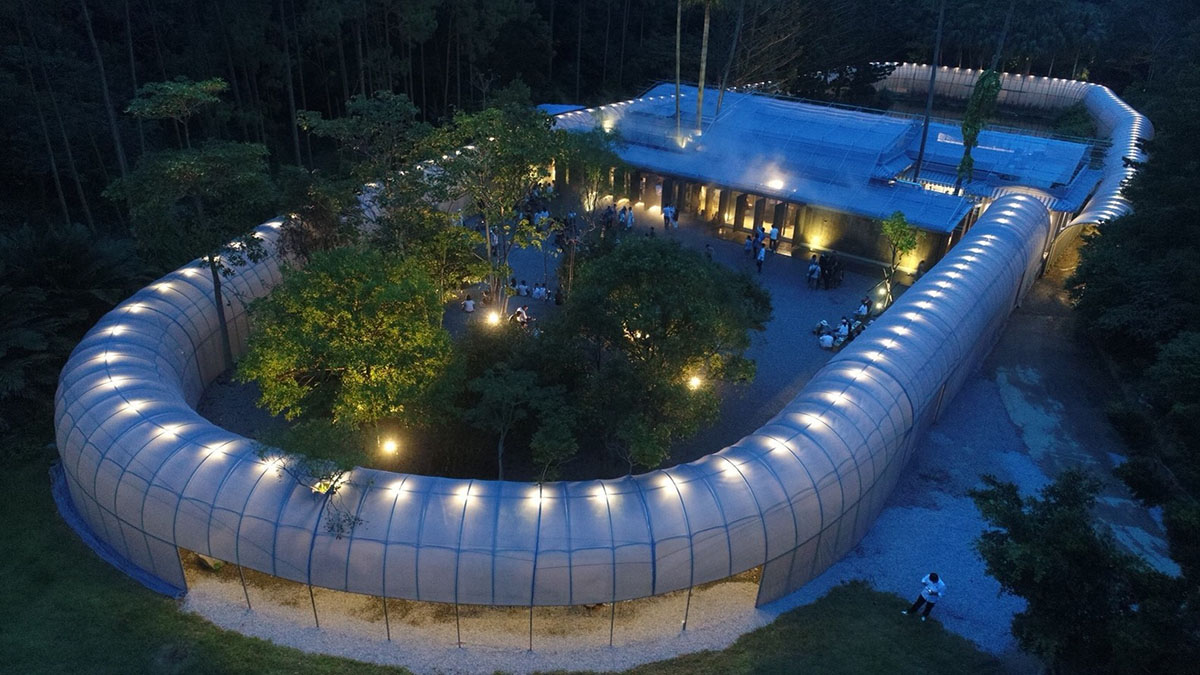
"Under the title Primitive Migration from/to Taiwan, the exhibition seeks to explore how architecture responds to our environment, senses, feelings, experiences, and more, and the role of architecture between the civilized world and nature, ultimately underscoring the interdisciplinary interaction of architecture in Taiwan," said Divooe Zein, Director of Divooe Zein Architects.
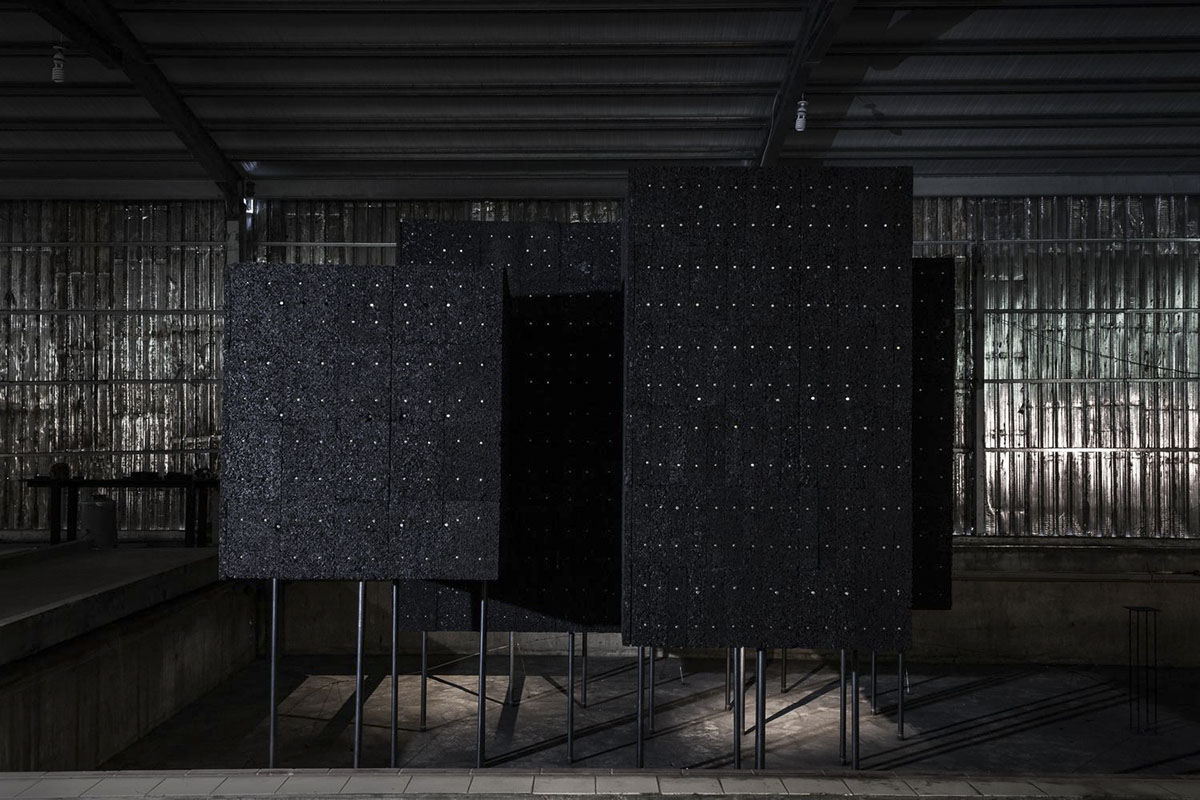
As the Taiwan Pavilion explains, Portuguese sailors once sailed past Taiwan and were in awe of the island’s beauty, hence praising it "Ilha Formosa" in Portuguese, for which it has become known.
The profound interaction between Taiwan’s rich geological and ecological appearance, as well as ethnically diverse cultures, has given birth to a unique living place.

Surrounded by sea with two-thirds of its land covered by mountains and forests, the remaining area of the island has been developed for agricultural, industrial and residential uses. With a current population of around 23 million, the situation beckons the question: “How do we sustain a unique living and architectural culture on an island surrounded by mountains, forests and oceans?”. This directly engages with the central theme posed by the curator of this year’s Venice Architecture Biennale, Hashim Sarkis: "How will we live together?"

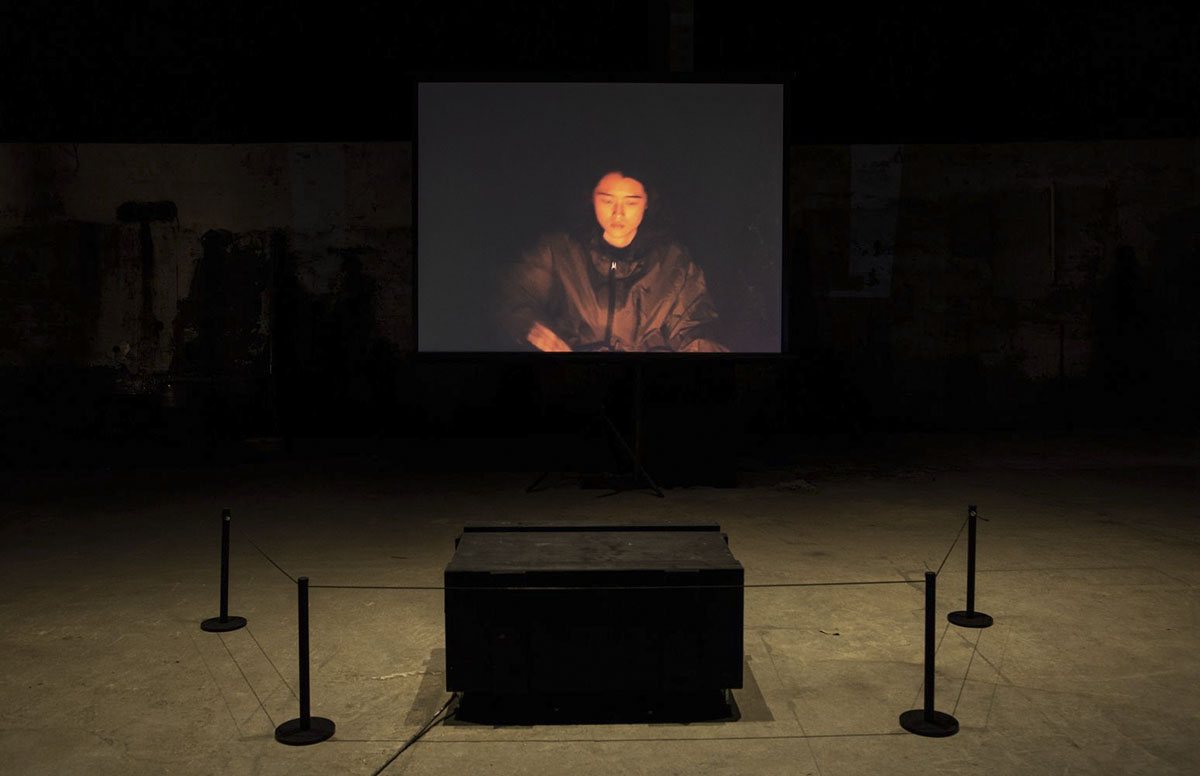

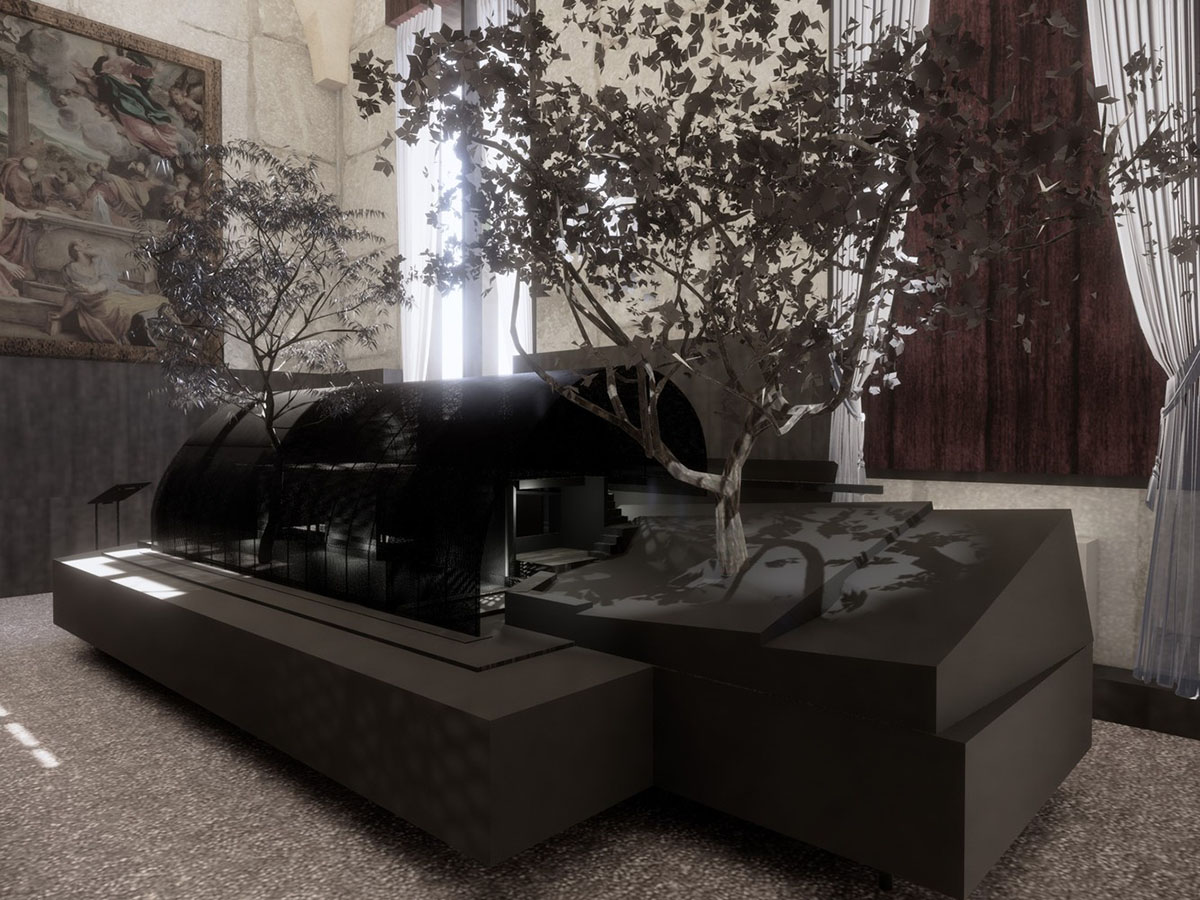

The 17th International Architecture Exhibition in Venice has opened to the public on 22 May 2021. The exhibition will be on view till 21 November 2021.
This year’s architecture biennale is themed as "How will we live together?" by the curator Hashim Sarkis, the theme explores a widening context that helps architects to "imagine spaces in which we can generously live together".
All images © Justin Kao, courtesy of Divooe Zein Architects
> via Taiwan Pavilion
